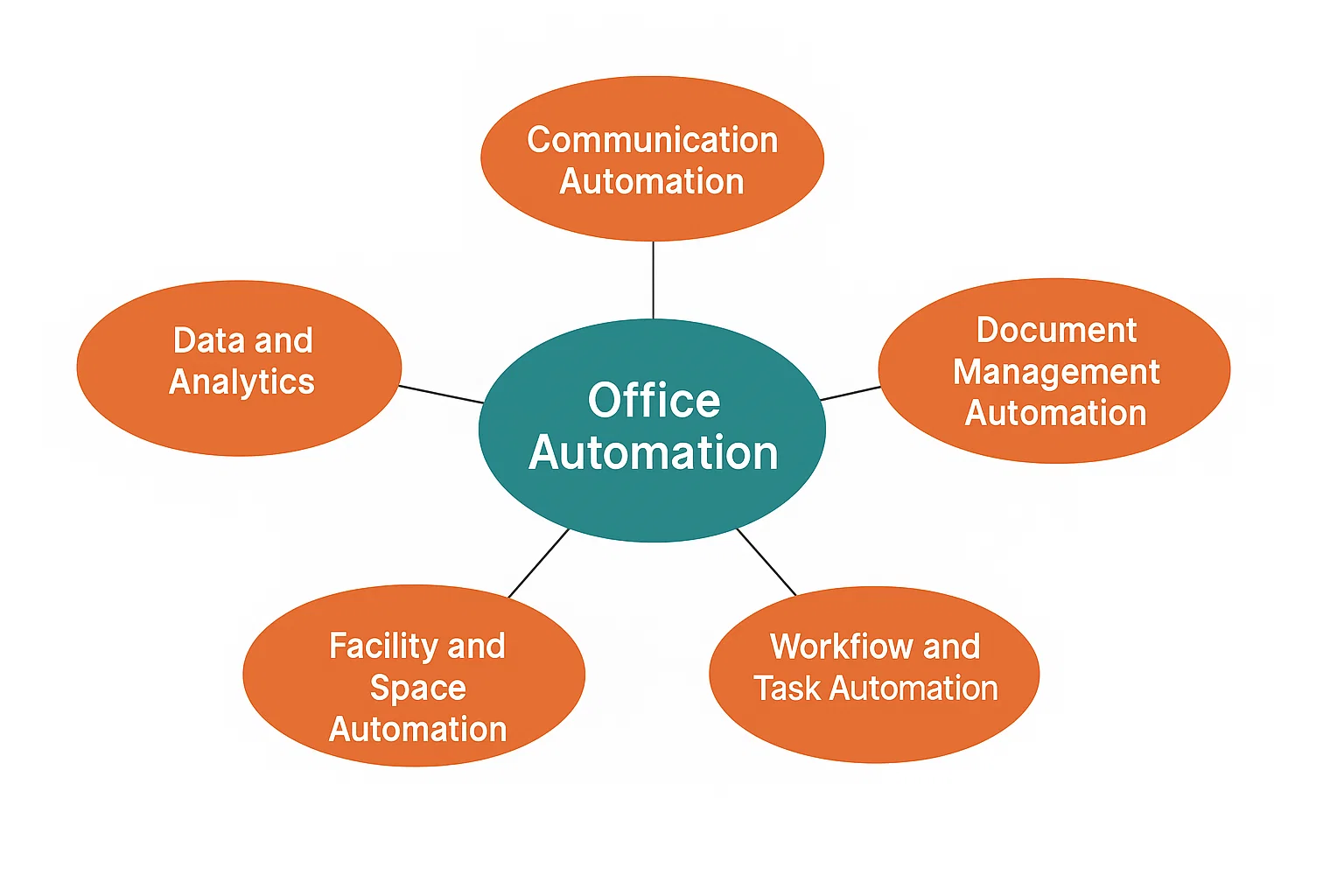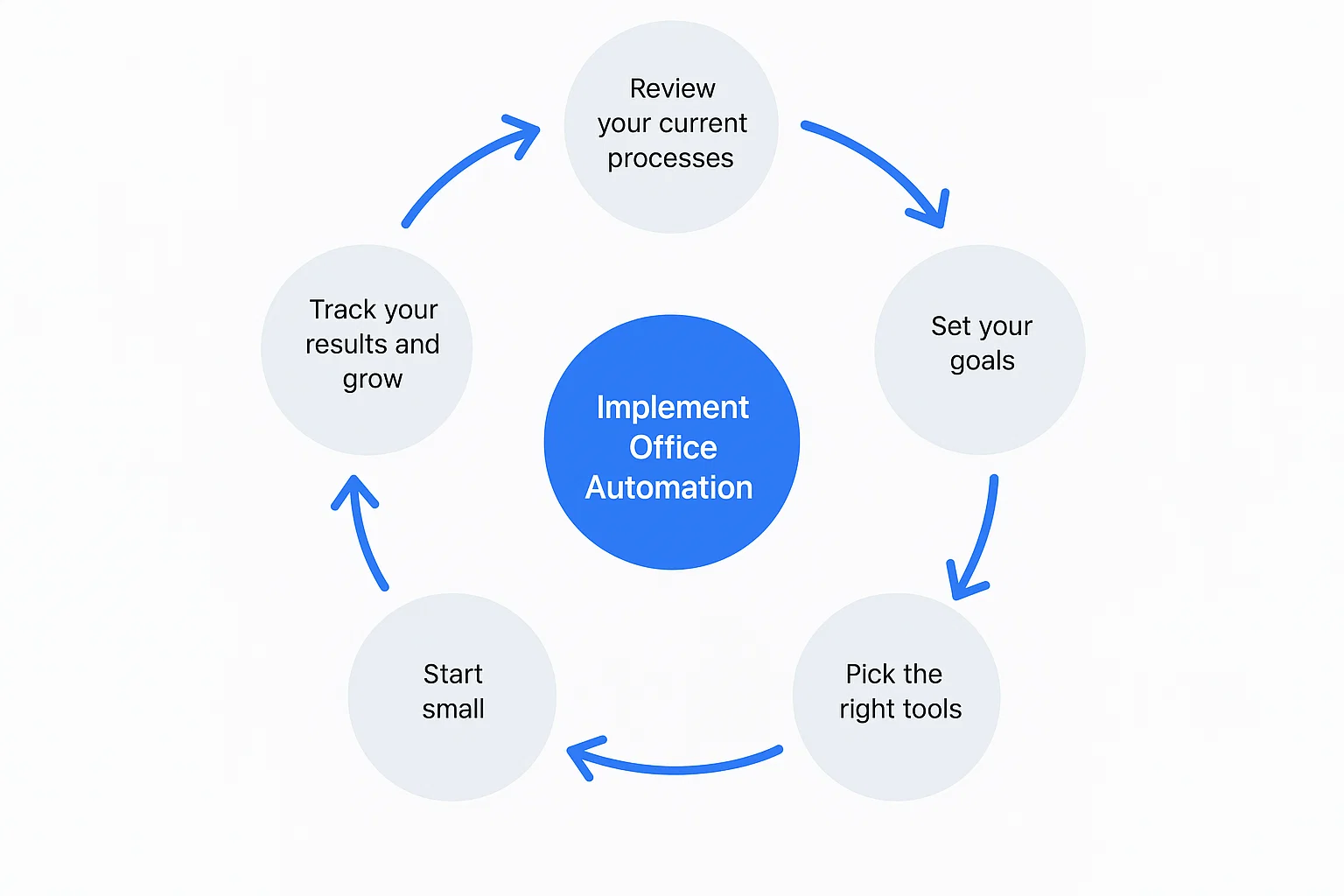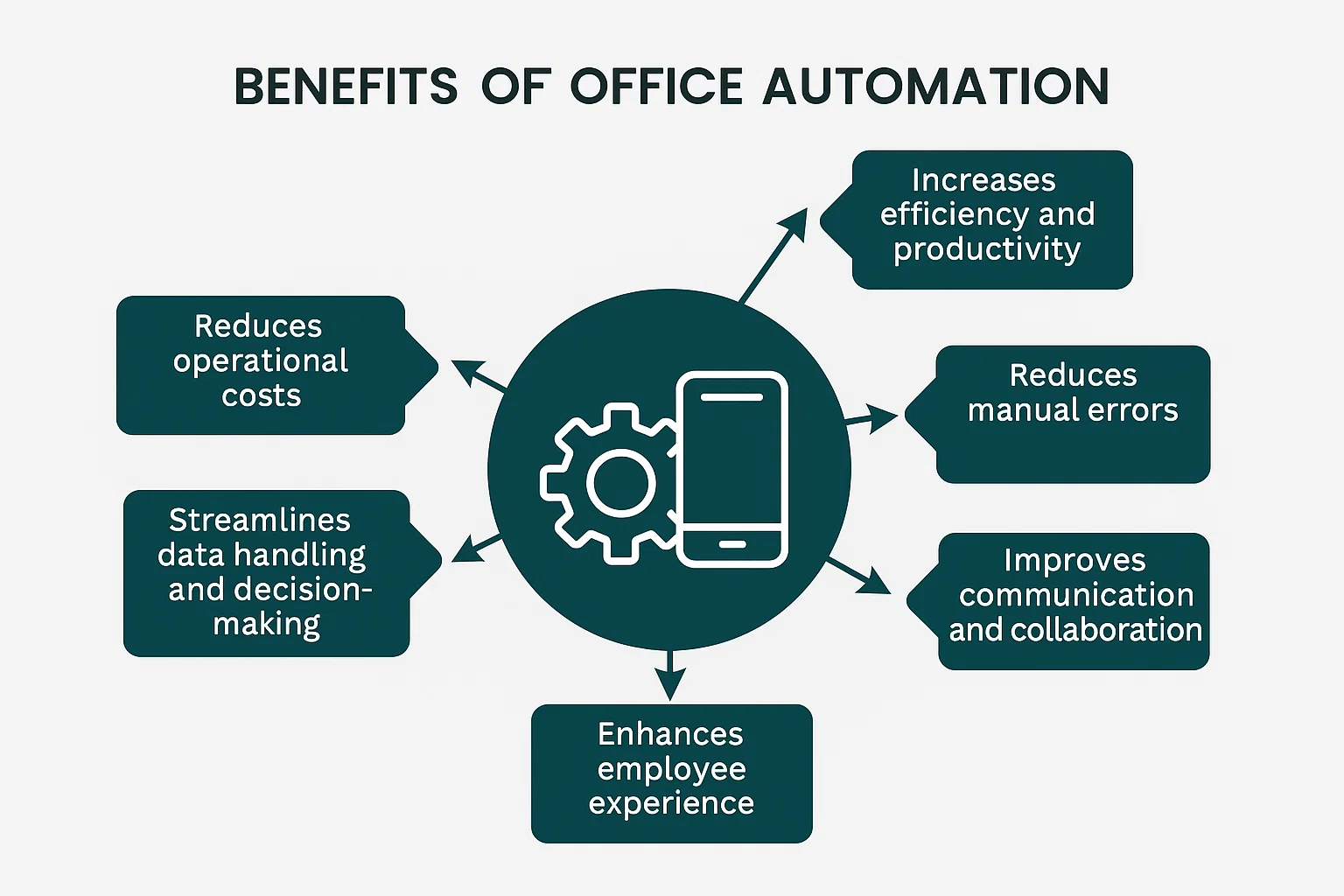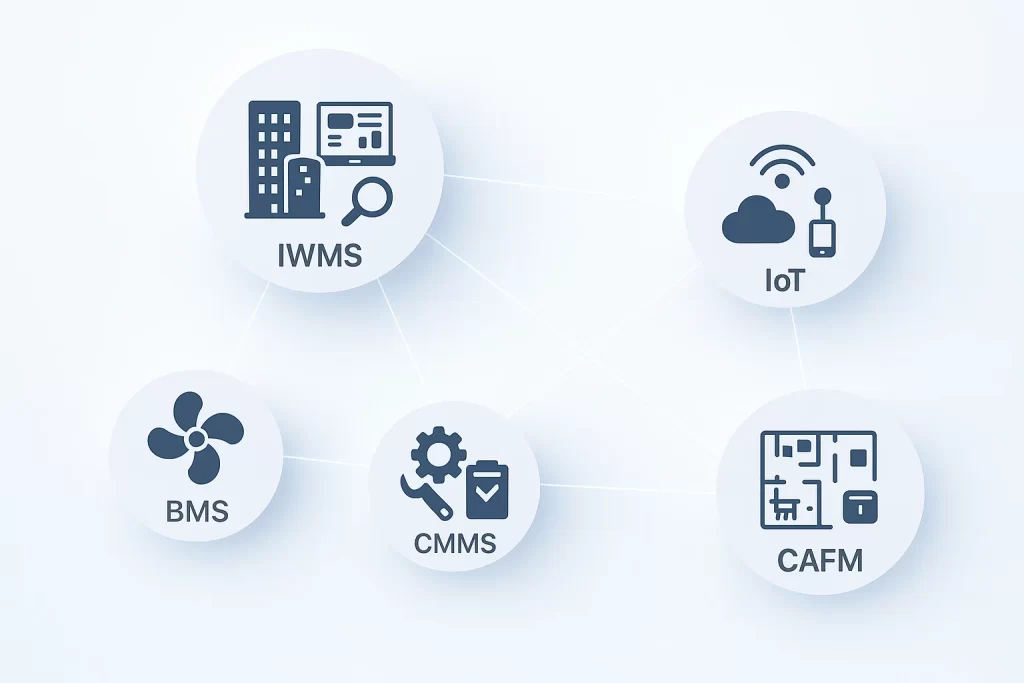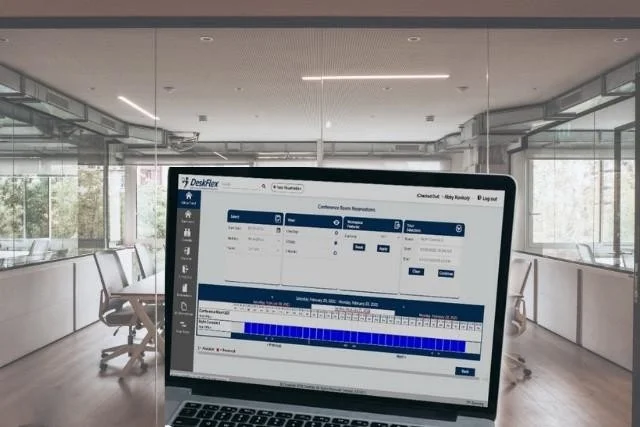
A Complete Guide to Office Automation: Benefits, Tools & Implementation
The way we work is changing fast. Offices today are going digital, and more companies are shifting to hybrid work. This shift is part of a broader change called office automation, where tools handle repetitive tasks to streamline daily workflows.
Office automation helps teams do more by using software to handle repetitive tasks. The core of this system is office automation software, which handles everything from communication to data processing.
Let’s explore how office automation can make your office more innovative and efficient.
What Is Office Automation?
Office automation refers to using modren office technologies to handle small, everyday tasks that are usually done manually. Instead of doing everything manually, automation tools step in to handle it for you.
That means less back-and-forth, fewer paper forms, and no more digging through long email threads.
Some everyday things automation helps with are:
- Organizing and storing files
- Reserving desks or meeting rooms
- Chatting and sharing updates with your team
- Creating reports and tracking numbers
- Keeping an eye on tasks and getting approvals done
An office automation system combines all these tools to manage tasks, improve accuracy, and reduce workload across departments.
Types of Office Automation Tools
Office automation covers different areas of workplace management. Here are the main categories of tools:
1. Project & Task Management Tools
Help teams assign work, set goals, and track progress.
Trello – Simple task boards
Asana – Goals, tasks, and progress tracking
2. Communication Tools
Keep everyone connected and updated.
Slack – Quick messaging and channels
Microsoft Teams – Messaging, video calls, and file sharing
3. Scheduling & Booking Tools
Make it easier to manage spaces and time.
DeskFlex – Book desks and meeting rooms, track space usage
Calendly – Share availability for meetings
4. Document Management Tools
Organize, store, and share files securely.
Google Workspace – Docs, Sheets, and Drive
Dropbox – File storage and sharing
5. Analytics & Reporting Tools
Turn raw data into useful insights.
Power BI – Dashboards and reports
Zoho Analytics – Charts and performance tracking
Each of these tools supports a different part of office life. Together, they build a seamless automated workflow.
Analytics & Reporting Tools
- Power BI – Create dashboards and visual reports
- Zoho Analytics – Track performance with simple charts
Each tool supports a specific part of the office. Together, they create a smooth and automated workflow.
How Office Automation Works: Key Types Explained
Automation runs quietly in the background, handling small tasks so employees can focus on bigger priorities.
Here are the main types of automation in the workplace:
1. Communication Automation
Keeps your team connected without constant check-ins.
Auto-replies for emails when you’re away
Chat apps for fast communication
Calendar alerts to avoid missed meetings
2. Document Management Automation
Makes sharing and organizing files simple.
Store files in the cloud
Use e-signatures for quick approvals
Share folders with controlled access
3. Workflow & Task Automation
Keeps projects moving without manual follow-ups.
Automate approval flows
Set reminders for tasks
Use boards to visualize progress
4. Data & Analytics Automation
Provides real-time insights without hours of reporting.
Live dashboards
Automatic tracking of performance
Forecasting for smarter planning
5. Facility & Space Automation
Improves how office spaces are used.
Book desks or meeting rooms with apps like DeskFlex
Enable touchless check-ins
Track usage reports to optimize space
How to Implement Office Automation
Here’s a simple step-by-step approach:
Review your current processes
Identify tasks that take too long or are repeated often.Set clear goals
Decide if you want to improve speed, accuracy, communication, or costs.Pick the right tools
Choose software and the right integration platform that fit your team size, goals, and budget..Train your team
Provide easy tutorials and support so employees can adapt.Start small
Begin with one process and expand gradually.Track results and improve
Measure success and extend automation to other areas.
Everyday Office Automation Examples
You might already be using office automation without realizing it. Here are some common examples:
Email Auto-responders (Outlook, Gmail) – Automatic replies and inbox filters
Meeting Room Booking (DeskFlex) – Reserve spaces and sync with calendars
Document Collaboration (Google Workspace, SharePoint) – Work on files together in real time
Customer Support Automation (Chatbots) – Quick answers to customer queries
Time Tracking & Attendance (Biometric systems, Hubstaff) – Automatic logs of work hours
App Integration (Zapier) – Send data between apps automatically, like moving form entries into spreadsheets
What Are the Benefits of Office Automation?
Office automation tools help teams work smarter, not harder. Here’s how they make a real difference:
✔️Increases efficiency and productivity
Tasks get done faster, so teams can accomplish more in less time.
✔️Reduces manual errors
Automation handles routine work, which means fewer mistakes and better accuracy.
✔️Improves communication and collaboration
Shared tools keep everyone connected, making teamwork easier and more organized.
✔️Enhances employee experience
By removing repetitive tasks, employees can focus on meaningful work they actually enjoy.
✔️Streamlines data handling and decision-making
Automation gathers and sorts data quickly, helping leaders make real-time smart decisions.
✔️Reduces operational costs
With less manual work needed, companies save money on labor and overhead.
What Are the Challenges of Office Automation?
While the benefits are clear, office automation isn’t always simple to roll out. Like any new system, it has a few challenges requiring thoughtful planning.
Here are some common challenges teams face:
- High startup costs
Buying the software, training your team, and setting everything up can get expensive at first. - Staff resistance
Some people may worry about using new tools or feel unsure about changes to their routine. - Data security concerns
Online systems need strong protection to keep sensitive information safe from cyber threats. - Integration issues
New tools don’t always fit well with older systems already in place. - Training needs
Teams must learn how to use new software, which takes time, patience, and good support.
The good news is that with a bit of planning and a step-by-step approach, these challenges become much easier to manage.
Automate Your Office for Maximum Efficiency
Streamline operations, reduce manual work, and boost productivity with DeskFlex’s office automation solutions.
Automate Your Workplace with DeskFlex
Looking for an easier way to manage your office? DeskFlex is a smart workplace solution that automates daily operations and makes hybrid work simple.
With DeskFlex, you can:
Book desks and meeting rooms in advance
Schedule without double-booking or confusion
Use touchless check-ins for smooth arrivals
Track space usage and performance with real-time reports
These features help reduce wasted space, improve coordination, and save time across the organization.
👉 Book a Free Demo today and see how DeskFlex can simplify your workplace.
Conclusion
Office automation is becoming a must-have in today’s digital world. It is not just about finishing tasks faster. It is about working smarter and giving your team more time for creative thinking and problem-solving.
Offices that embrace workplace automation now will stay ahead tomorrow. Less busywork. More impact. That’s the future of work.
If you are ready to bring more order and flexibility into your workplace, explore tools like DeskFlex. It could be your first step toward a more modern and efficient office.
Frequently Asked Questions (FAQs)
1. What is an office automation tool?
Office automation refers to tools and platforms that help automate tasks like emailing, scheduling, or time tracking.
2. What are some common examples of office automation?
Examples include email auto-replies, cloud file sharing, desk booking tools, and time tracking apps.
3. What are the benefits of using office automation tools?
They improve efficiency, reduce errors, and enhance team collaboration while lowering operational costs.
4. What are the main challenges in implementing office automation?
Challenges include high setup costs, training, system integration, and staff resistance to change.
5. How can I start automating my workplace?
Start by reviewing current tasks, picking one area to automate, choosing the right tool, training your team, and expanding from there.















































 Support
Support  Demo
Demo  Blog
Blog 

